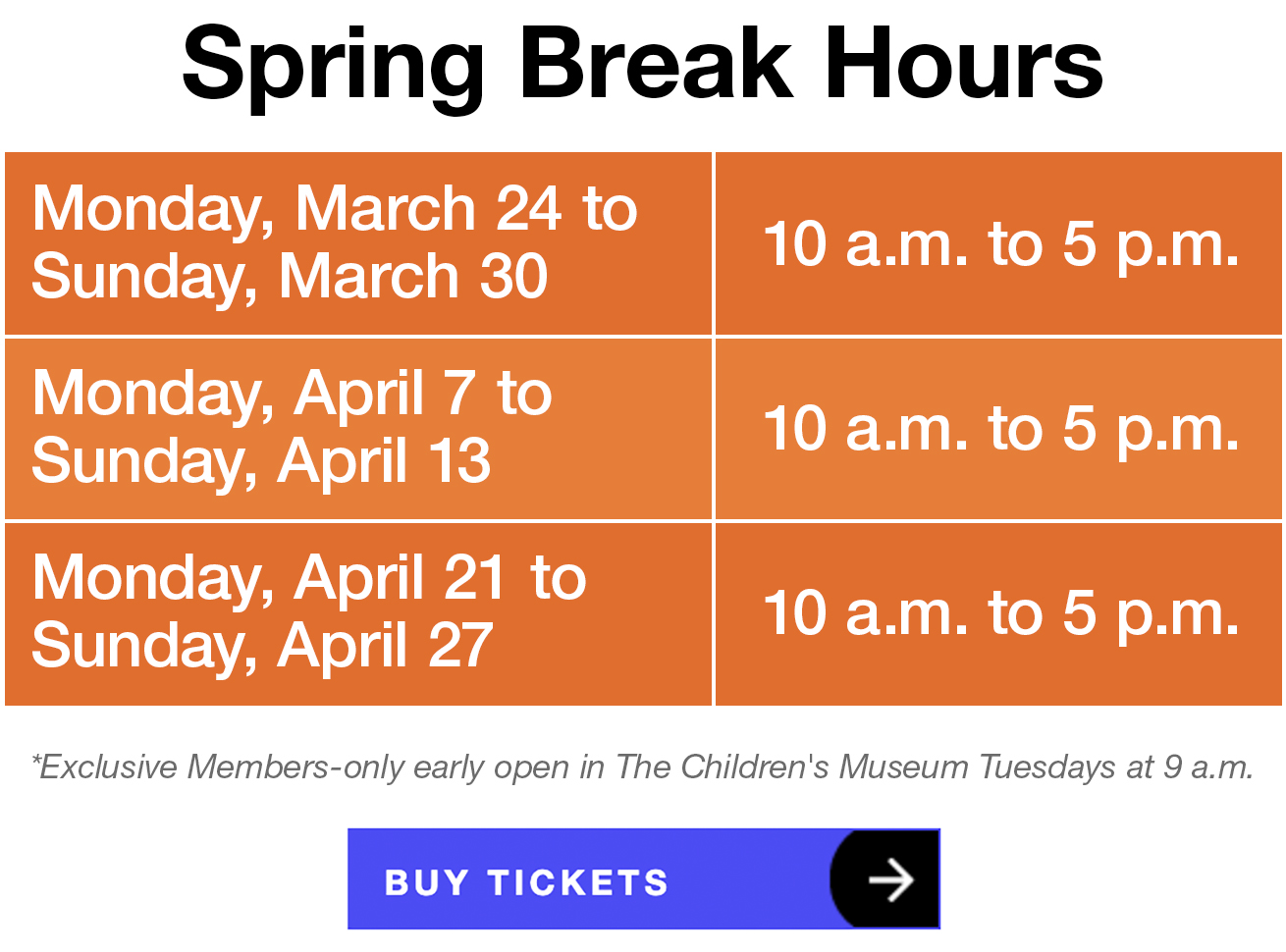
Order Out of Chaos: 1880-1933
When Union Terminal opened in 1933, it replaced five railroad passenger stations in Cincinnati.
These stations, all built in the 19th century, were scattered across the city basin and supported the seven railroads that operated here: Baltimore and Ohio Railroad (B&O), Cleveland, Cincinnati, Chicago & St. Louis Railway (CCC&St.L, a.k.a. The Big Four, and later part of New York Central), Southern Railway (SR), Pennsylvania Railroad (PRR), Norfolk & Western Railway (N&W), Louisville & Nashville Railroad (L&N), and the Chesapeake & Ohio Railroad (C&O).
These stations were cramped, inconvenient for connecting passengers, and frequently shut down when the river flooded, often because their tracks were underwater. Very few of the trains entering Cincinnati prior to the construction of Union Terminal were "through" trains, a mere 20 percent. This meant that many rail travelers would arrive at one of the five stations and then have to leave their train and be conveyed along with their baggage to another station to continue to their desired destination. This created a bottleneck and turned Cincinnati into a city to avoid when traveling by rail.






A unified terminal
As early as the 1880s, people were talking about building a union terminal in the city to try and fix these issues. Many plans and studies were produced, but most of them failed for several reasons: they planned to build near the heart of downtown and they required that all seven railroads to agree on the location and to help fund the projects.
One plan, commissioned by local business leaders in 1910, was prepared by John Bleekman, a New York railroad planner. It called for a massive terminal along the riverfront on Third Street, between Main and Walnut. This building would combine both passenger rail and freight operations in one location. The building would be capped with a large office tower to accommodate the demand for a modern skyscraper in the city. Although the project seemed like a good fit, its $30 million price tag made it impossible to finance without railroad support. The railroads, which had not been involved in the Bleekman Plan, showed little interest in the project. As a result, the project and other planning efforts languished until World War I, when the nationalization of the railroads temporarily ended the discussions.
After World War I
After World War I, the union terminal idea reemerged with the return of civilian control of the railroads. The troop movements during the war had further highlighted the poor passenger rail situation in the city. Local business and civic leaders felt that this poor performance, along with the scattered freight operations in the city, was earning Cincinnati a reputation as a city to avoid on rail. In 1924 the Cincinnati Railroad Development Co. was incorporated and appointed local businessman George Dent Crabbs as president. Crabbs worked with the railroads and secured two important agreements that moved the union terminal project forward. In 1926 he got the railroads to agree on unified freight facilities, and, in 1927, the railroads also agreed to consolidate passenger facilities. Following these agreements, the Cincinnati Union Terminal Company was formed. Their job would be to construct and operate the union terminal.
Picking a site and an architect
The site chosen by the company for the new station matched the site recommended by the 1925 City Master Plan, which shifted the terminal from its pre-WWI proposed downtown location, to a location just east of the Mill Creek in the West End. The site was considered ideal from a number of perspectives, not the least of which was the open space adjacent to Mill Creek was ready for development and property prices in the area were cheaper. Also, four of the city’s seven railroads already had tracks and facilities in the Mill Creek basin, and the valley was wide enough for future expansion.
New York architects Alfred Fellheimer and Steward Wagner were chosen to design the new station and Paul Cret from Philadelphia was hired by the Union Terminal Company to advise Fellheimer & Wagner's designer, Roland Wank, on the proposed design. The initial proposal had called for a classical structure, which was very costly and, by that time, fairly out of style. Cret and Wank were tasked to bring the design into the modern style, what we now call art deco. They broke ground in 1929, just before the stock market crash.
As the rail yards in the Mill Creek valley were expanded, the existing viaducts that crossed over the tracks and Mill Creek required replacement. As part of the overall project, the Western Hills Viaduct was built jointly by the Cincinnati Union Terminal Company and the City of Cincinnati, so that Harrison Ave would still connect to the rest of the city.
Union Terminal as a canvas for public art
During construction, four artists contributed outstanding examples of public art. German born artist Winold Reiss prepared paintings which were then turned into 23 glorious glass tile mosaic panels by Ravenna Tile. French born Pierre Bourdelle provided art for the Men’s and Women’s lounges, the three dining spaces, Newsreel Theater, as well as the alcove outside of a women’s restroom located in the dining area. Sculptor Maxfield Keck carved the two massive bas relief figures on the front of the building, representing Transportation and Commerce. William Hentschel, who worked for Rookwood Pottery, created the designs for the tile installation in the Tea Room.

